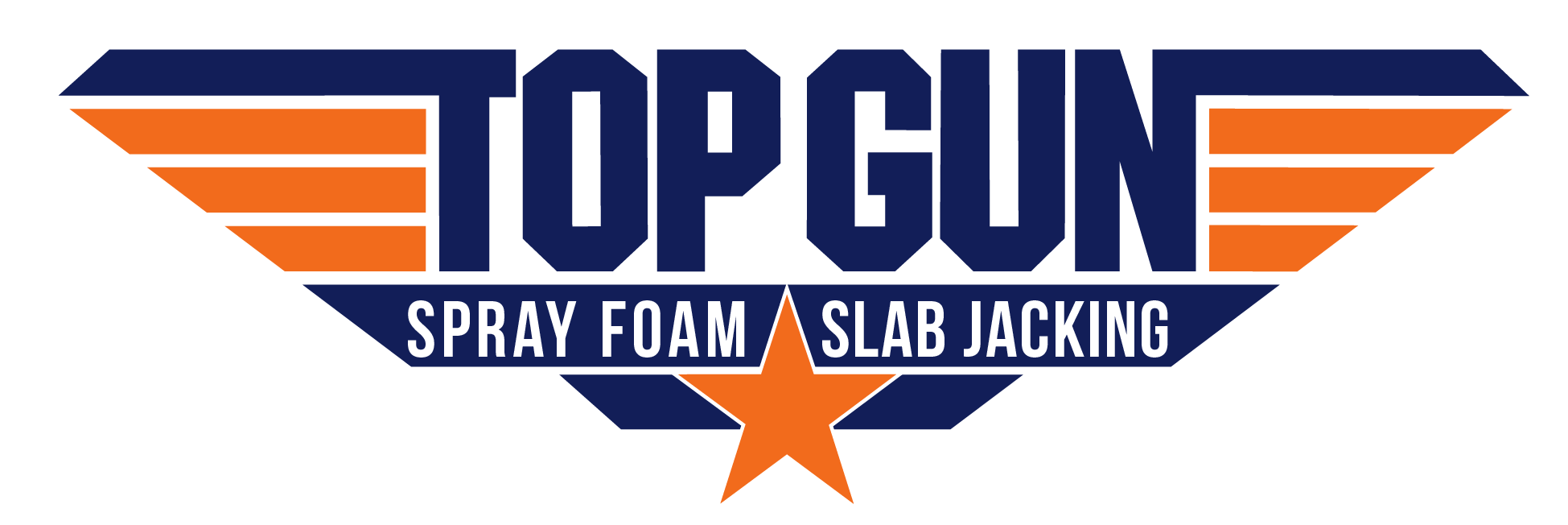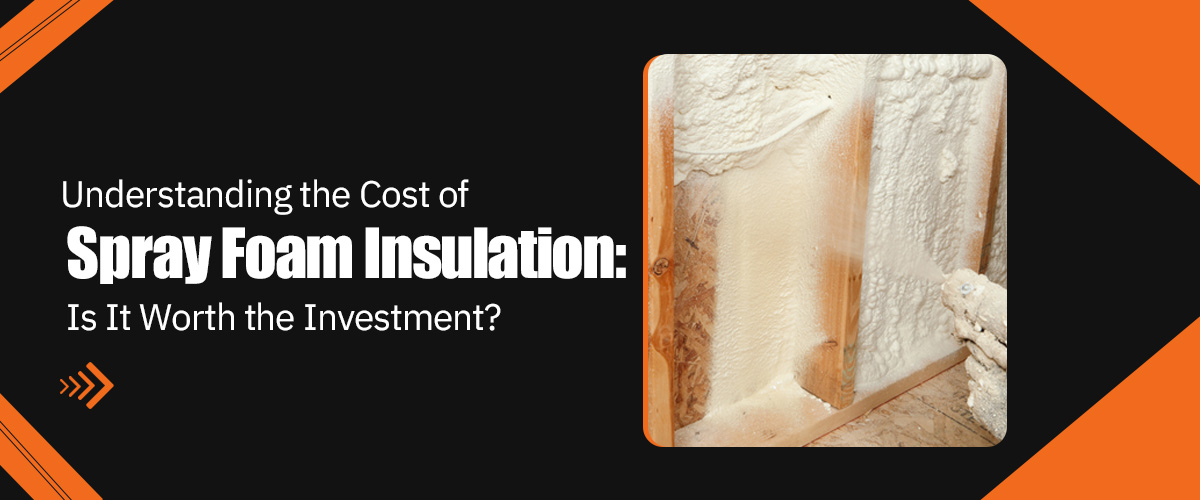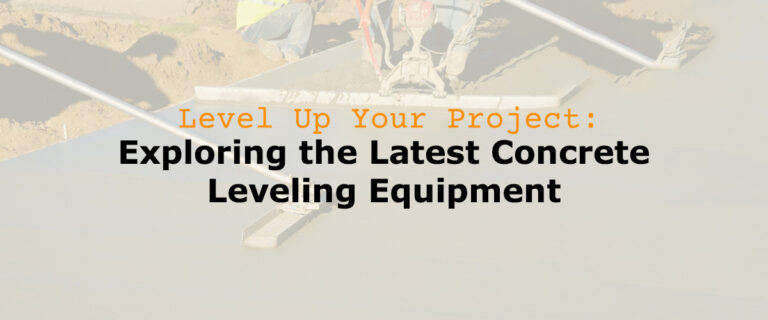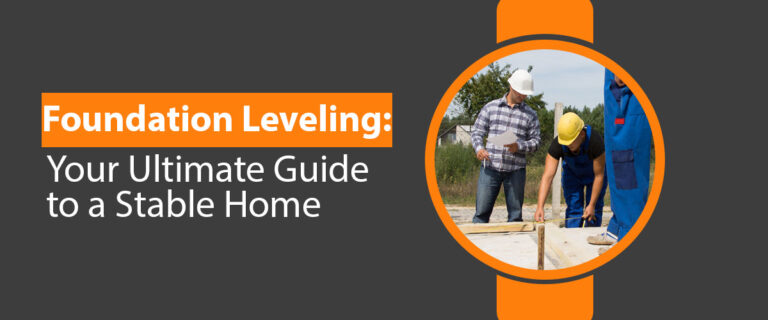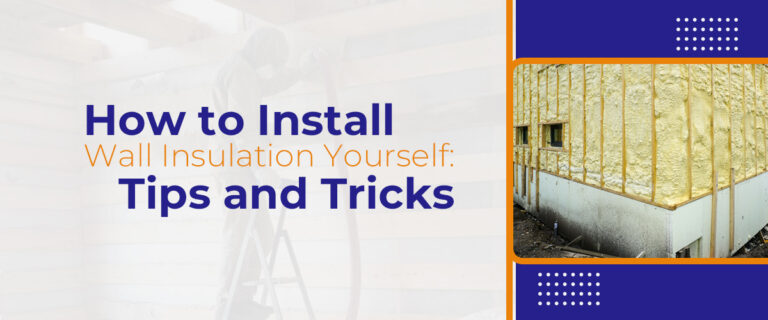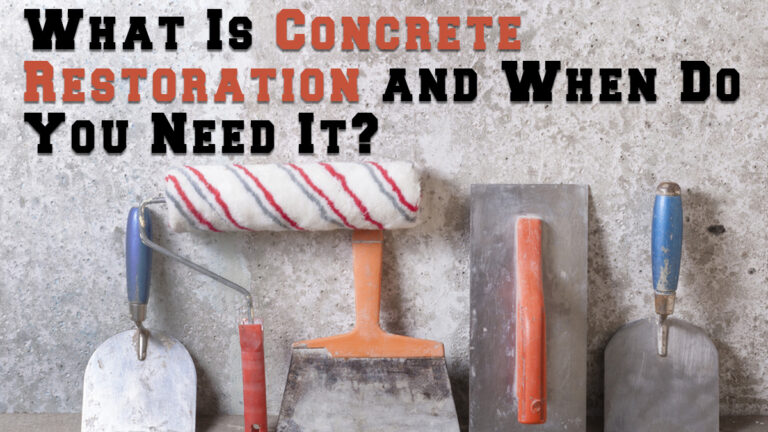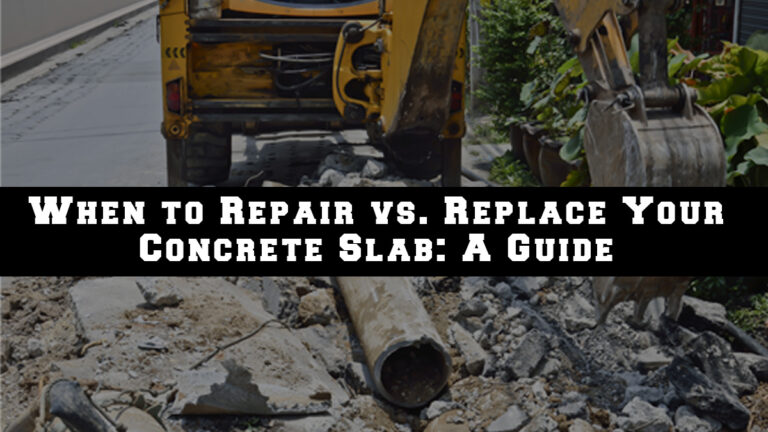Understanding the Cost of Spray Foam Insulation: Is It Worth the Investment?
In recent years, spray foam insulation has been popular for residential and commercial properties across Kansas and beyond. As energy costs climb and environmental consciousness grows, more property owners turn to this innovative solution.
But what’s the buzz all about? This post delves into the nitty-gritty of spray foam insulation, dissecting its costs and highlighting the potential returns on this investment to help you make an informed decision.
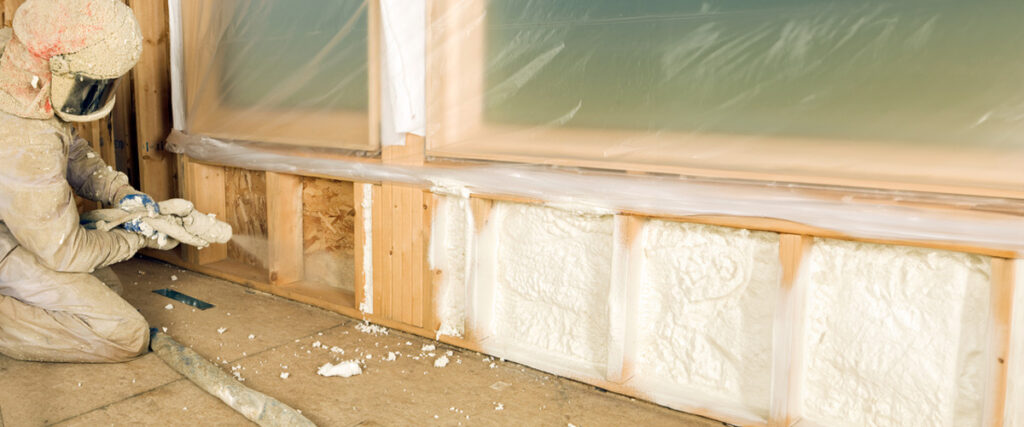
What is Spray Foam Insulation?
Spray foam insulation is a cutting-edge approach to insulating buildings, outshining traditional materials like fiberglass or cellulose. t comes in two main types: open-cell and closed-cell, each with unique properties and applications.
But how does it work? Spray foam expands upon application, creating a tight seal that significantly enhances a building’s thermal efficiency. Beyond keeping your space warm in winter and cool in summer, it offers many advantages over traditional insulation methods, promising energy savings and bolstering your property’s overall comfort and resilience.

Breaking Down the Cost
When considering spray foam insulation, it’s crucial to differentiate between open-cell and closed-cell options, as each has distinct characteristics and associated costs. Open-cell foam insulation is cheaper than closed-cell insulation due to lower costs and R-value, which makes it ideal for interiors. Conversely, closed-cell foam is pricier but provides better insulation and moisture resistance, justifying its cost for specific needs. Regardless of these, the following are the factors that affect the costs:
- Material costs
- Labor costs
- Size of the area to be insulated
- Thickness of insulation required
- Geographic location and market rates
- Complexity of installation (e.g., accessibility, obstructions)
- Additional features (e.g., fire-retardant additives)
- Energy efficiency ratings (R-value)

The Return on Investment (ROI)
Choosing spray foam insulation for your property is a strategic investment that extends beyond immediate benefits, promising enduring financial advantages. By exploring this decision’s broader implications, you’ll see how substantial long-term savings and efficiency gains offset the upfront costs.
Furthermore, calculating the ROI for spray foam insulation involves analyzing the initial installation costs against the energy savings over time. So, here’s a step-by-step approach to this calculation:
· Initial Installation Costs
- Calculate ROI by dividing annual energy savings by installation costs, providing the yearly return rate.
- To determine if there is time to recoup, divide installation costs by annual savings and find the payback period.
· Energy Savings Calculation
- Track your post-insulation energy bills to gauge the savings from lower heating and cooling expenses.
- Compare these bills with previous ones or use area averages for unavailable data.
· ROI Calculation
- Calculate ROI by dividing annual energy savings by the installation cost, yielding your yearly investment return rate.
- Determine the payback period by dividing installation costs by annual savings to see how long it takes to recoup costs.

Additional Benefits Beyond Cost Savings
While the financial savings associated with spray foam insulation are often the highlight, this innovative solution offers many benefits beyond cost-effectiveness. These advantages enrich the living and working environment in ways that are not immediately quantifiable in dollar terms but significantly contribute to the overall comfort, health, and durability of buildings. The following are the additional benefits of spray foam insulation:
- Reduced energy bills through improved thermal efficiency.
- Increased property value due to enhanced energy efficiency and comfort.
- Extended lifespan of HVAC systems due to reduced load.
- Lower maintenance costs compared to traditional insulation.
- Potential eligibility for energy tax credits and rebates.
- Enhanced indoor air quality and reduced potential for mold growth.
- Improved soundproofing contributes to a quieter indoor environment.
- Increased durability and longevity of the building structure.

Long-Term Savings and Environmental Impact
Spray foam insulation provides lasting financial and environmental advantages beyond immediate energy savings. It lowers ongoing costs and supports eco-friendliness, reducing your carbon footprint while contributing to significant long-term savings and reduced energy consumption. Below are the following long-term savings that you may not know are possible:
- Enhanced energy efficiency reduces fossil fuel consumption and greenhouse gas emissions.
- Decreased energy production demands contribute less strain on power plants and resource conservation.
- Potential for using eco-friendly materials in certain spray foam products, further diminishing the environmental impact.
- Improved building durability, reducing the need for resource-intensive repairs and renovations.
- Minimizing air infiltration can lower the indoor spread of pollutants and allergens, contributing to a healthier ecosystem.

How to Know Whether Spray Foam is Right For You
Choosing the correct insulation is vital for your comfort, energy savings, and budget. As spray foam insulation gains popularity for its benefits, it’s worth considering if it fits your needs. To gain insights, here’s a quick guide to evaluating if spray foam is suitable for your property:
- Assess the climate in Kansas to understand insulation needs based on temperature extremes.
- Consider your property’s age and condition to evaluate its compatibility with spray foam.
- Reflect on the property’s existing insulation and potential energy inefficiencies.
- Factor in your long-term occupancy plans to determine the cost-effectiveness of the investment.
- Analyze the potential for future energy savings and comfort improvements.
- Evaluate the structural benefits of spray foam in terms of added strength and moisture resistance.
- Consider any specific environmental concerns or regulations in Kansas that might influence your choice.
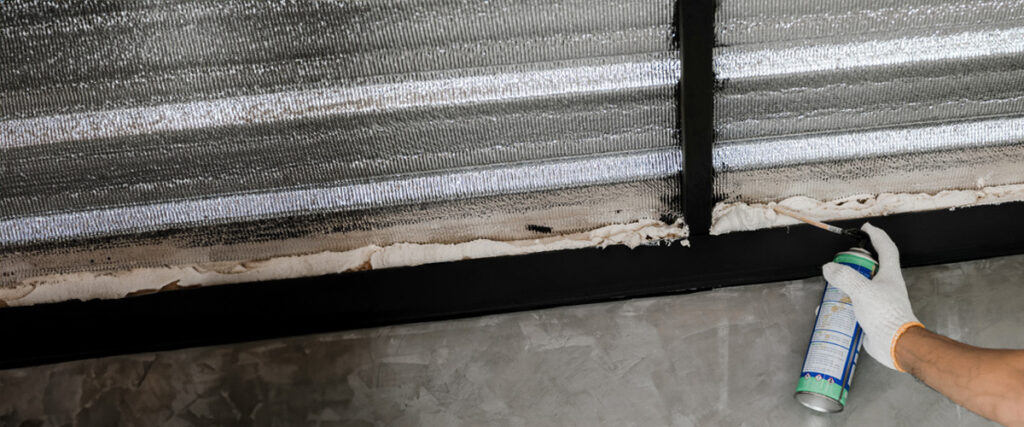
Sealing the Deal on Spray Foam Insights
In conclusion, it’s clear that spray foam insulation stands out as a compelling option for Kansas residents and business owners seeking to enhance their property’s efficiency and comfort. While the initial outlay may be higher, the long-term savings, combined with the added comfort and environmental benefits, paint a picture of actual value.
Are you considering spray foam insulation in Kansas? Delve deeper into your options and seek professional advice to tailor an insulation solution that aligns with your needs and goals. Remember, an informed choice today can lead to substantial benefits tomorrow.
References:
- Santos, R. G. D., Acero, N. F., Matos, S., Carvalho, R., Vale, M., Santos, R. G. D., . . . Mateus, M. M. (2017). One-Component Spray Polyurethane Foam from Liquefied Pinewood Polyols: Pursuing Eco-Friendly Materials. Journal of Polymers and the Environment, 26(1), 91–100. https://doi.org/10.1007/s10924-016-0931-z
- Yang, L., Yu, H., Sharmin, T., Awad, H., & Gül, M. (2016). Towards energy-Efficient homes: Evaluating the hygrothermal performance of different wall assemblies through long-term field monitoring. Energy and Buildings, 121, 43–56. https://doi.org/10.1016/j.enbuild.2016.03.050
